NanoFabTx™ Drug Delivery Formulations
Drug delivery formulation solutions with the NanoFabTx platform
|
Figure 1. The NanoFabTx drug delivery formulation platform offers reproducible and consistent nanocarrier production, precise control over particle size, and curated formulation screening kits to provide rapid and effortless nanocarrier selection and optimization.
With the recent advancements in nucleic acid therapeutics, drug delivery formulations have become exceedingly important and essential for the delivery, efficacy, and stability of many active pharmaceutical ingredients (APIs). However, developing the formulation that is best suited for your API can be a tricky and time-consuming process, often requiring extensive trial and error optimization. To help streamline the formulation and particle synthesis process, we have developed the NanoFabTx™ platform to be your formulations collaborator. Our NanoFabTx™ platform helps accelerate your drug development by providing ready-to-use formulations and microfluidic devices for reproducible synthesis of nano- to micro-sized particles and liposomes. Each kit includes step-by-step protocols that are designed to make drug delivery formulations possible for novices and experts alike.
DRUG DELIVERY FORMULATION AND PARTICLE SYNTHESIS MADE SIMPLE
The NanoFabTx™ platform: Rapid formulation development and screening for drug delivery systems
The NanoFabTx™ platform includes formulation screening kits, lipid mixes and microfluidic device kits. The formulation kits and lipids mixes indicated for small molecule or nucleic acid delivery have been developed and tested by our R&D formulation scientists and are available in a variety of carrier/excipient materials. Each kit includes protocols for nanoparticle synthesis and drug encapsulation following traditional methods, such as nanoprecipitation or extrusion, or microfluidics-based methods using our NanoFabTx™ microfluidic device kits.
NanoFabTX™ Kit |
Therapeutic Agent |
Carrier Material |
|
Nucleic
|
Small
|
||
NanoFabTX™ Lipid Mixes
|
 |
 |
|
NanoFabTX™ Polymer Drug Formulation Kits
|
 |
|
|
NanoFabTX™ Microfluidic Device Kits
|
 |
 |
Can be used with lipid mixes and polymer drug formulation kits to prepare liposomes and polymeric nano- and microparticles |
Figure 2. The NanoFabTx Platform: Lipid Mixes, Polymer Drug Formulation Kits, and Microfluidic Device kits for small molecule and nucleic acid delivery
NanoFabTx™ microfluidic device kits for particle synthesis

Figure 3.NanoFabTx microfluidic device kit schematic
Unlike traditional preparation methods, microfluidics provides rapid and reproducible synthesis of well-defined micro- and nanoparticles, lipid nanoparticles, and liposomes. Our NanoFabTx™ microfluidic device kits provide solutions to the challenges commonly associated with conventional methods by providing precise and tunable control for batch-to-batch consistency and low variability.
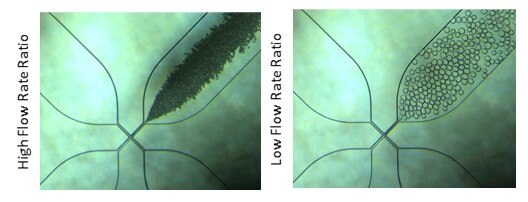
Figure 4.Microparticle size tuned using the NanoFabTx microfluidic device kits
The ready-to-use microfluidic device kits contain a pre-assembled microfluidic chip, tubing, and accessories to get you started on your nanoformulation journey. Step-by-step protocols provide instructions for controlled particle synthesis, including suggested flow rates, to achieve a desired particle size.
The NanoFabTx™ microfluidic device kits are designed and developed to be used with our NanoFabTX™ drug delivery formulation kits and lipid mixes for micro- and nanocarrier production, optimization, and selection.
NanoFabTx™ Polymeric drug formulation kits for small molecule delivery

Polymeric nanoparticles are a key tool to improve drug stability, bioavailability, and targeted delivery. The versatility and tunability of polymers, including their biodegradability and functionalization, make them ideal for controlled release of small molecule drugs. Our NanoFabTx™ formulation kits are designed to synthesize specifically sized, drug encapsulated polymeric micro- and nanoparticles. The formulation screening kits make polymer selection and optimization easy by providing a variety of biodegradable polymers to choose from, including PEGylated and non-PEGylated PLA, PLGA, and PCL.
Our NanoFabTx™ drug formulation kits can be screened and selected for a desired nanoparticle size

Figure 5.Reproducible, well-defined drug loaded polymeric nanoparticles generated using the NanoFabTx PEG-PLGA drug formulation kit
Polymeric nanoparticles of various sizes, ranging from 60-180nm, were synthesized using the NanoFabTx™ PEG-PLGA drug formulation screening kit (917796) following the microfluidics protocol. Nanoparticle size was dependent on nanoparticle formulation, and varied with polymer identity (PEGPLGA-50L, -50H, -75L, -75H) and polymer concentration (1-5%).
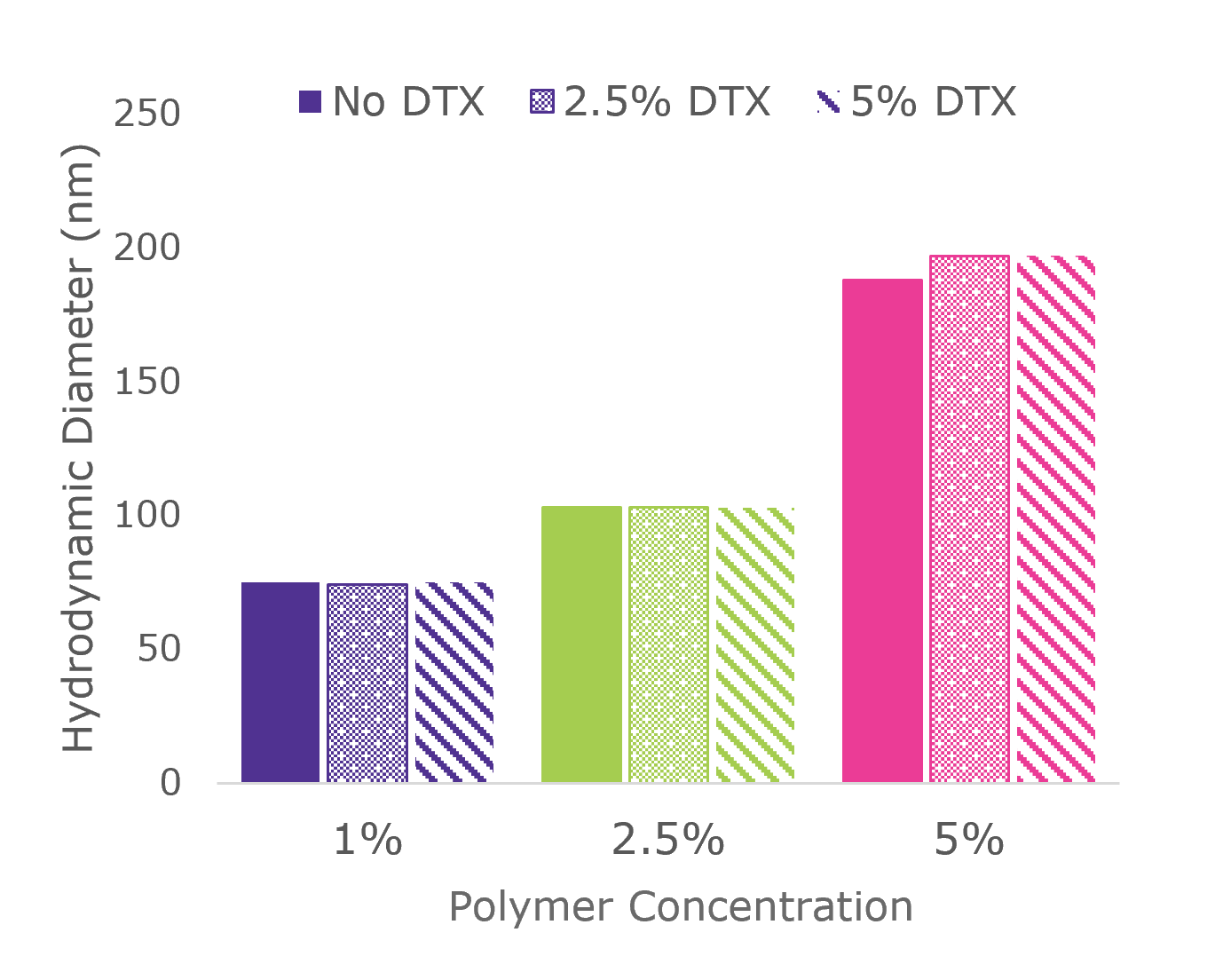
Figure 6.Docetaxel-loaded NanoFabTx nanoparticles were screened drug delivery and cell viability
Our NanoFabTx™ drug formulation kits can be used to encapsulate small molecule drugs and results in reproducible nanoparticle size
Doceaxel (DTX) was encapsulated in PEG-PLGA polymeric nanoparticles at various drug concentrations (2.5 and 5%) and polymer concentrations (1-5%) using the microfluidics method. Reproducible, well-defined nanoparticles were synthesized with and without drug, enabling the direct comparison of drug-loaded and empty nanoparticles without any side effects caused by changes in nanoparticle size.
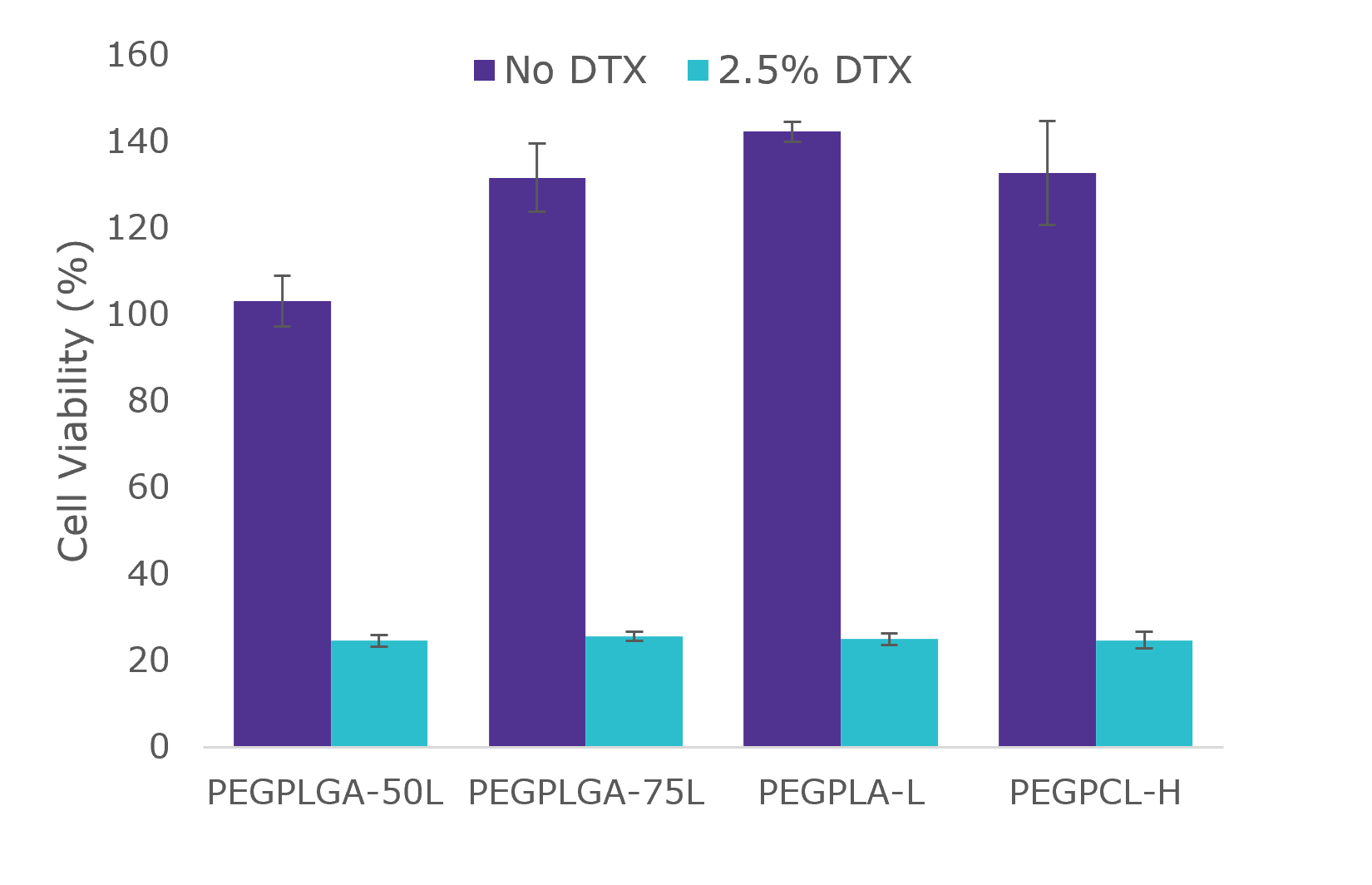
Figure 7.Docetaxel-loaded NanoFabTx nanoparticles were screened drug delivery and cell viability
NanoFabTx™ nanoparticles can be screened and selected for drug delivery efficacy
DTX-loaded NanoFabTx™ nanoparticles of various formulations were prepared using the NanoFabTx™ PEGylated nanoparticle formulation screening kit (915408) and evaluated for their ability to deliver the anti-cancer drug and kill PC3 cancer cells in vitro. After 48 hours, DTX was successfully delivered in all nanoparticle formulations and resulted in approximately 80% cell death. Empty nanoparticles were biocompatible and non-cytotoxic and did not affect cell viability.
NanoFabTx™ Lipid Mixes for small molecule delivery
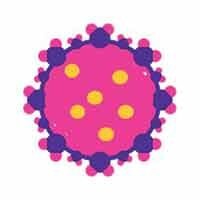
Liposomes or lipid nanoparticles have been well established as an effective delivery system for a wide range of therapeutic compounds, including small molecules. We offer a variety of NanoFabTx™ lipid mixes for small molecule therapeutics, including PEGylated and functionalized (amine and carboxyl) for targeted delivery and controlled release.
Drug-loaded NanoFabTx™ liposomes were prepared via extrusion and microfluidics methods
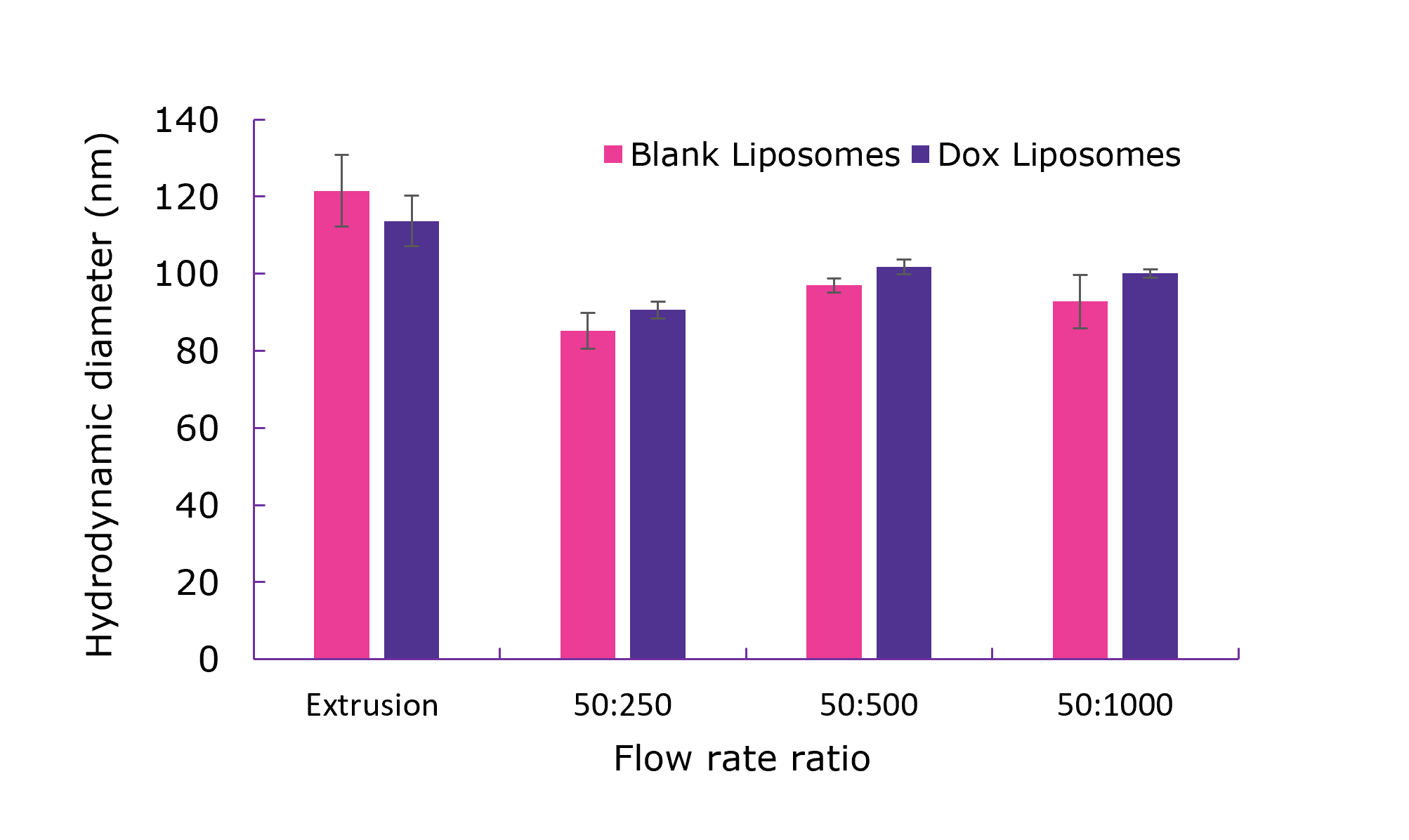
Figure 8.Controlled synthesis of drug-loaded liposomes using the NanoFabTx PEG lipid Mix and device kit
Doxorubicin (Dox)-loaded liposomes were prepared following the step-by-step protocols provided with the NanoFabTx™-PEG Lipid Mix, for synthesis of PEGylated liposomes (922420). Extrusion resulted in PEGylated liposomes of approximately 120nm in diameter. Microfluidics preparation using our NanoFabTx™ microfluidic nano device kit (911593) enabled control of liposome size by optimizing microfluidics parameters, such as flow rate ratio, and resulted in smaller liposome size with and without Dox.
Doxorubicin was successfully delivered in drug-loaded NanoFabTX™ liposomes

Figure 9a.A cell viability graph of Dox-loaded PEGylated liposomes

Figure 9b.A photo of the endoplasmic reticulum of cancer cells
Intracellular delivery of the Dox-loaded PEGylated liposomes was evaluated in PC3 cancer cells. Cellular uptake of the PEGylated liposomes was observed, and accumulation was found in the endoplasmic reticulum (ER), an important target for drug delivery. Active Dox was released from the liposomes and killed 50% of the cancer cells. The blank (empty) PEGylated liposomes were found to be biocompatible and non-cytotoxic.
NanoFabTx™ Lipid Mixes for nucleic acid delivery
NanoFabTx™ lipid mixes can also be used for nucleic acid (mRNA, siRNA, DNA) delivery. Our NanoFabTx™ DOTAP lipid mix and NanoFabTx™ DC-Cholesterol lipid mix have been curated to prepare cationic liposomes and have been tested by our formulation scientists for siRNA delivery.

Figure 10.Transfection of siRNA delivered in NanoFabTx DOTAP liposomes
Liposomes prepared with our NanoFabTx™ lipid mixes can protect nucleic acids from degradation and enhance cellular uptake, endosomal escape, and transfection.
Cationic liposomes prepared with the NanoFabTx™ DOTAP Lipid Mix and loaded with fluorescently-labeled FAMsiRNA (Lipo-FAMsiRNA) were delivered to A549 lung cancer cells and resulted in 90% transfection indicated by an increase in fluorescence. No transfection of the naked FAMsiRNA (without liposome carrier) was observed.
The NanoFabTx™ Lipid Mixes can also be used to rapidly screen different siRNA sequences, making the selection process easy.
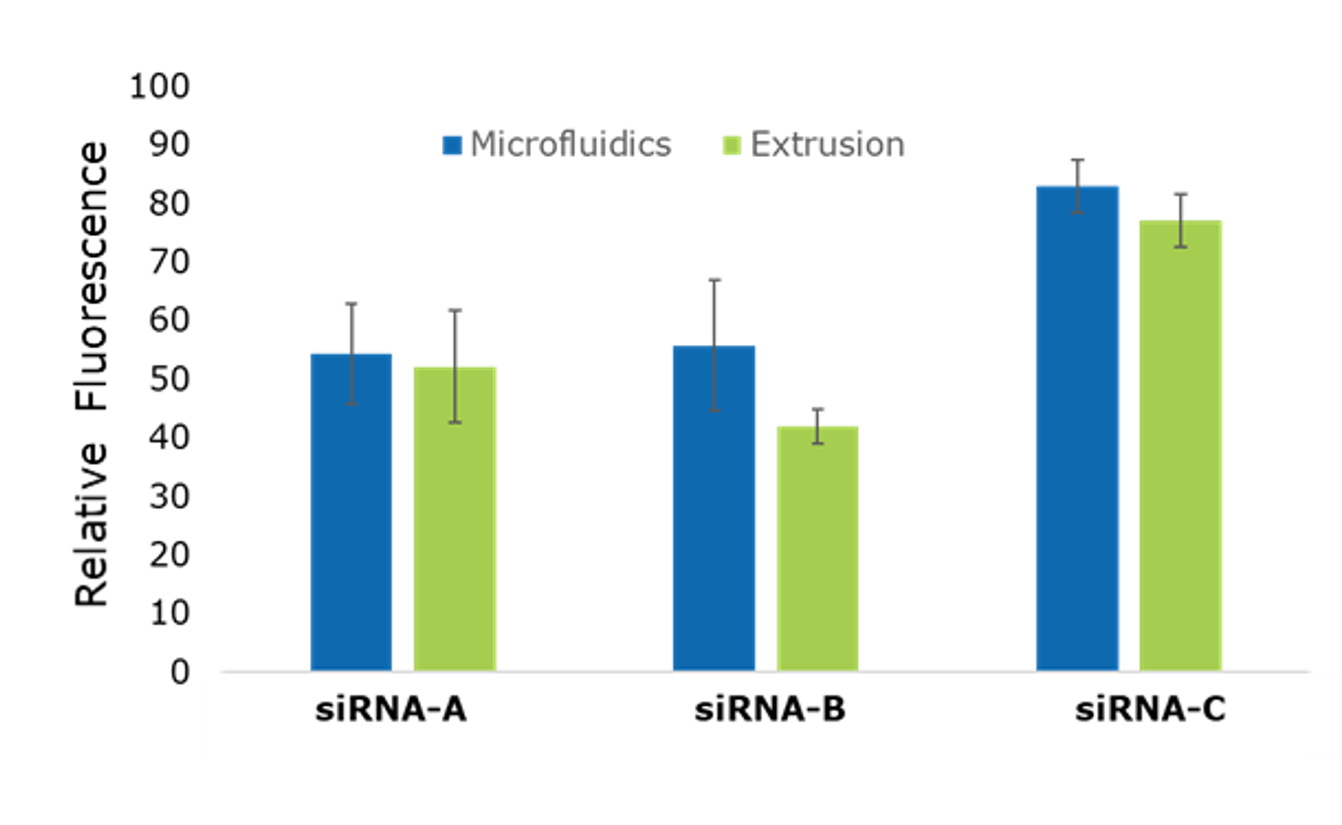
Figure 11.Various siRNA sequences were screened for transfection efficiency in NanoFabTx DOTAP liposomes
Multiple siRNA-sequences (A, B, and C) were loaded in cationic liposomes prepared with the NanoFabTx™ DOTAP lipid mix and screened for their ability to silence GFP-labeled HeLa cells in vitro. siRNA-A and siRNA-B resulted in 40-60% transfection efficiency, as measured by relative fluorescence. siRNA-C was not effective and did not silence the GFP gene. Additionally, preparation method (microfluidics or extrusion) did not affect transfection efficiency.
The above studies demonstrate the capabilities of the NanoFabTx™ drug delivery formulation platform in synthesizing a variety of well-defined polymeric micro- and nanoparticles and liposomes. The flexibility of the NanoFabTx™ platform enables optimization by screening parameters such as formulation and flow rate to achieve a desired size, encapsulation efficiency, and delivery. Each formulation kit and lipid mix can be adapted for a variety of therapeutics including small molecules, nucleic acids (mRNA, siRNA, DNA), and other APIs, and can be scaled up for preclinical assessment using the NanoFabTx™ microfluidic device kits. With the NanoFabTx™ platform, moving your drug delivery research forward has never been easier.
Related Products
References
如要继续阅读,请登录或创建帐户。
暂无帐户?
